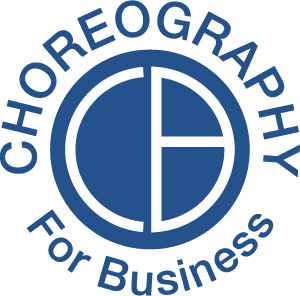Re-Thinking Your First Impression for Video Meetings
Yes. First impressions still matter over video. Those first couple of seconds are enough to send a strong, confident, weak or unprepared impression ricocheting across your audience.
How many times have you started a meeting and had participants enter with their mute button off, poor lighting and jostling about in the frame? Even in that split-second, what has your impression been of these individuals?
In video meetings, there are two categories of nonverbal cues we need to consider: traditional nonverbal cues and technology related nonverbal cues. Similar to in-person first impressions, we must pay attention to our posture, facial expressions and eye contact. In virtual settings, we have the added responsibility of ensuring our tech set up is such that it enhances our audience’s experience of us, instead of detracts from it.
The Problem
The feelings of anonymity and invisibility that often accompany showing up in a video meeting do us a disservice in many ways. When we don’t feel seen, we shuffle in to our video call and take those first few minutes to set ourselves up.
This type of first impression detracts significantly from the messages of confidence, clarity, professionalism and respect one might have sent. Instead, our audience picks up on an impression of unpreparedness, lack of skill and tech-savviness, and fatigue. Such a showing misrepresents our professional brand and reduces the efficiency of the conversation that ensues.
The Solution
Articles abound on how to perfect your ‘zoom setup’ and anchor around the following three considerations:
Being in a well-lit space with a light source directed on your image
Being properly framed and aligned with your lens
Having an intentional background that doesn’t distract from you, the focal point
One of the benefits of video meetings is that you can control what your audience sees.
Investing in a ring light can drastically improve your lighting, providing your audience with a clear and higher quality image of yourself
Aligning your lens with your eyes allows for an upright and open posture while providing a direct line of contact with your audience
A clean and intentional background can enhance your presence and reduce distractions to your audience’s focus
While these simple solutions may seem logical, it is also helpful to acknowledge that these considerations represent a new skill for us to hone.
Taking the time to check your lighting, your framing and your background will reap dividends in ensuring your audience begins to build an impression of you that aligns with your professional brand. Once these things are squared away, you can focus on the impression formed by your body language.
Perhaps you want to show up as a confident authority on the subject to be discussed. Maybe you want to show up as present, prepared and open. Or, maybe you want to show up with a warm, inviting and approachable impression, welcoming your audience into the space with a calm composure and gentle facial expression.
Your posture, facial expression and eye contact will determine the tone of the impression you send. When your tech set up is strong, it will enhance the tone of your physical impression. If your tech set up is weak, you place a barrier between your audience, your self and your message.
To learn more about the specifics around your body language, join me at my next free, Communication Power Hour on March 10th, 12:30pm ET.

